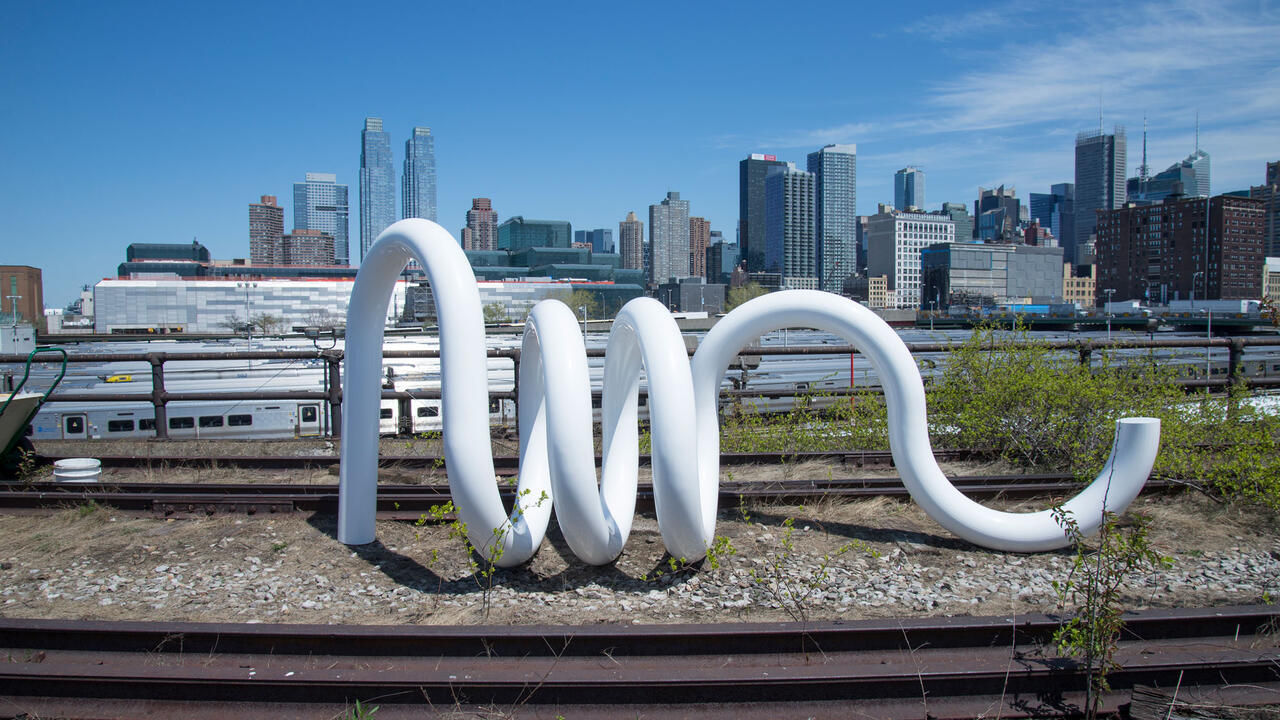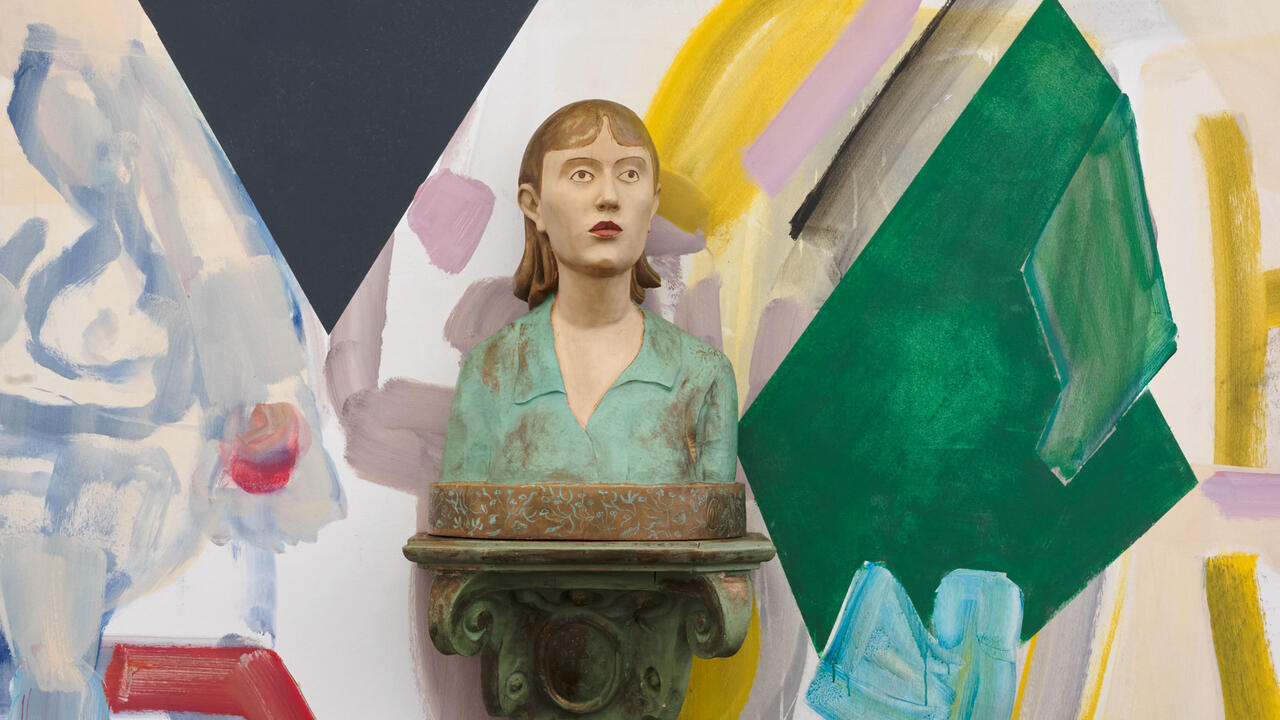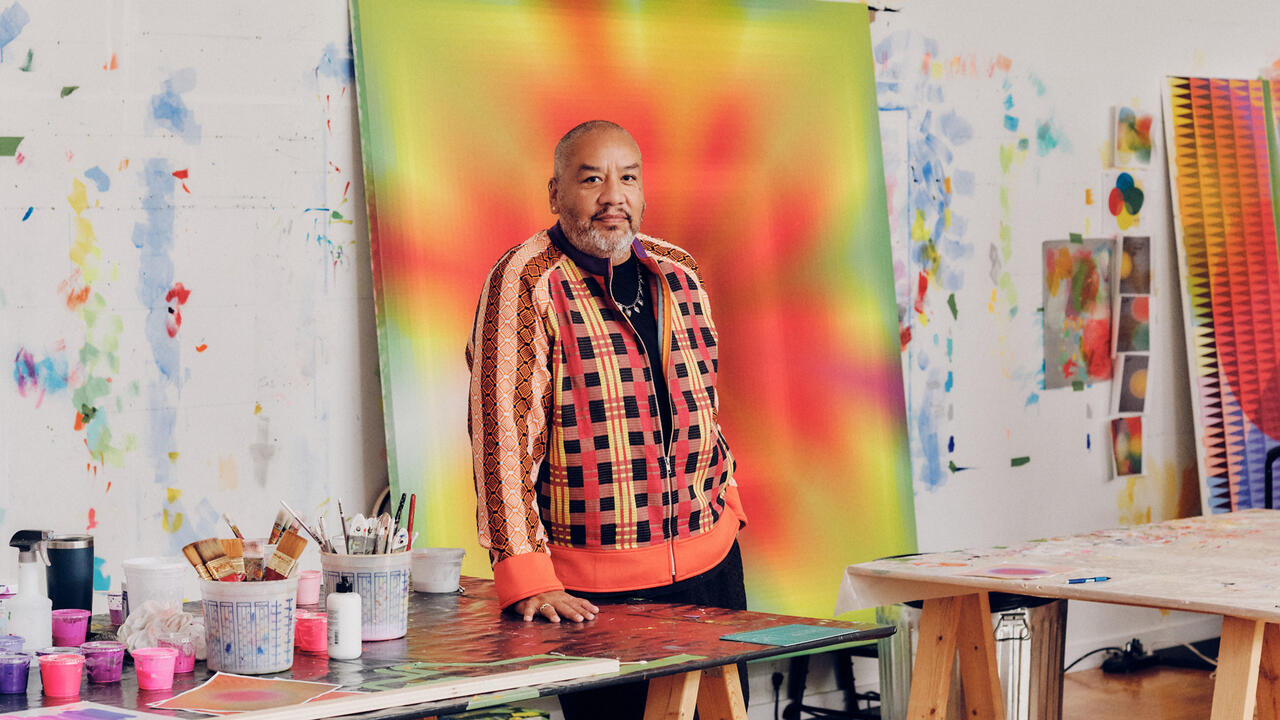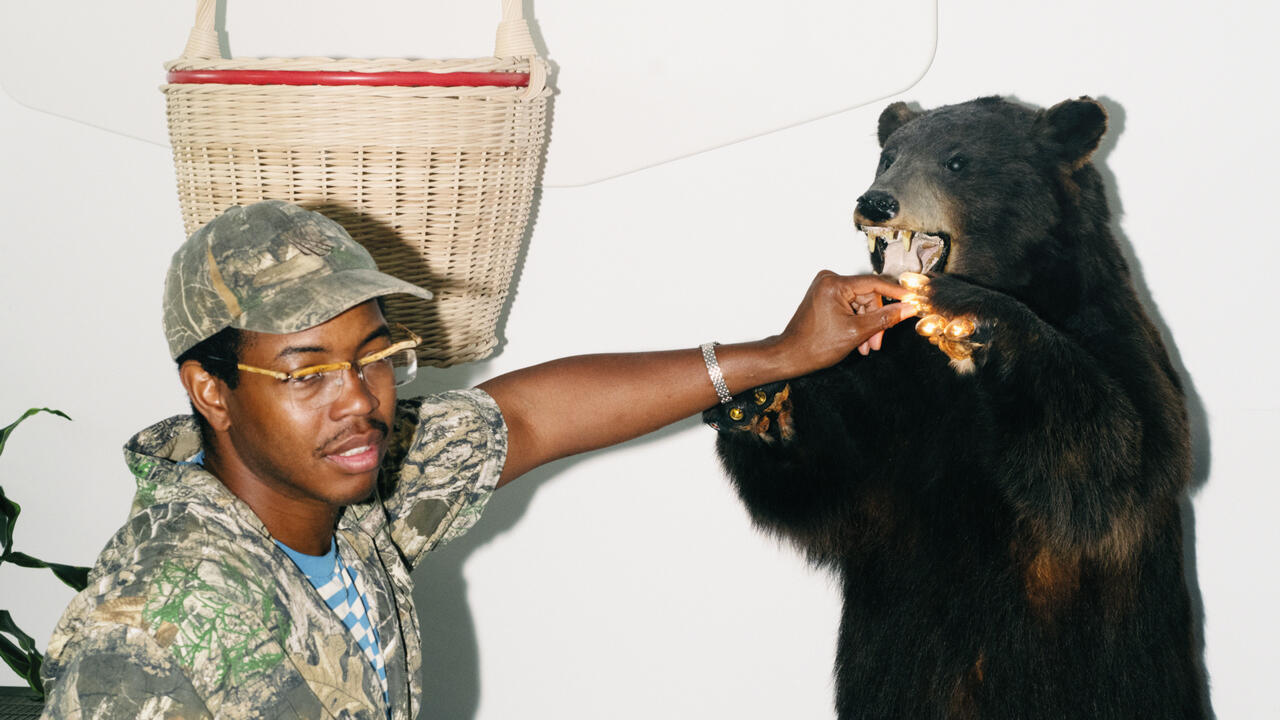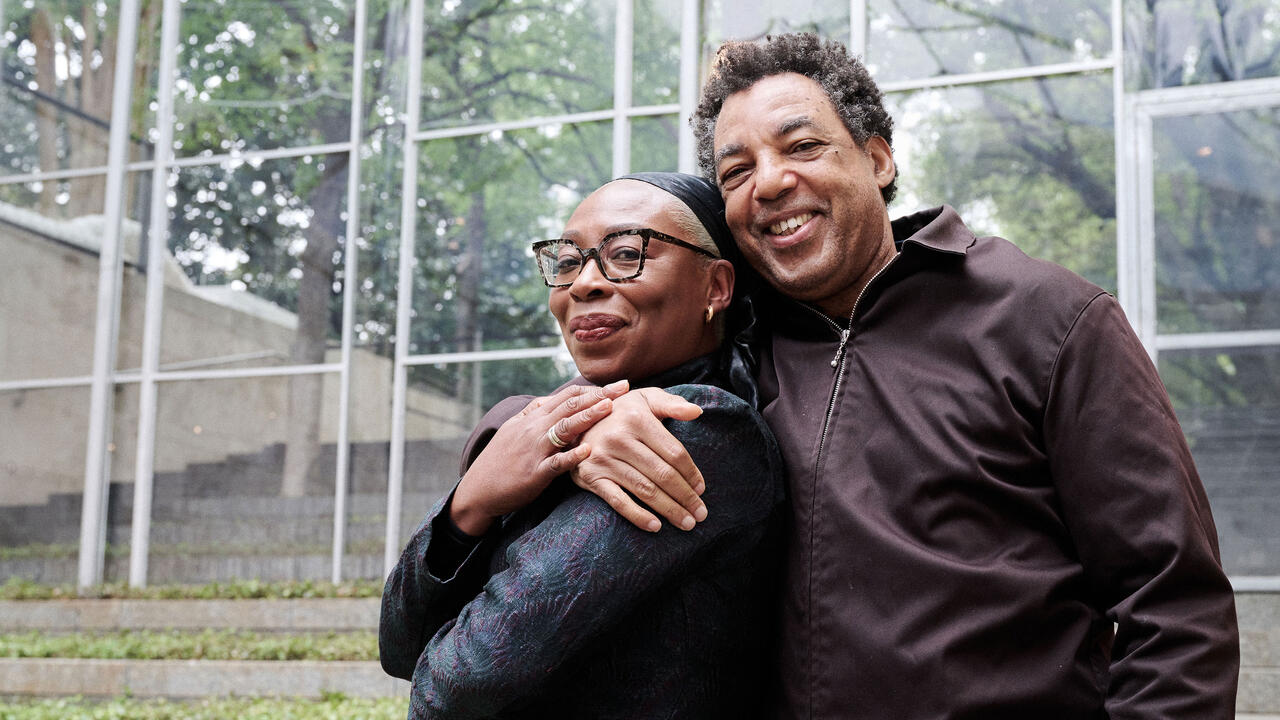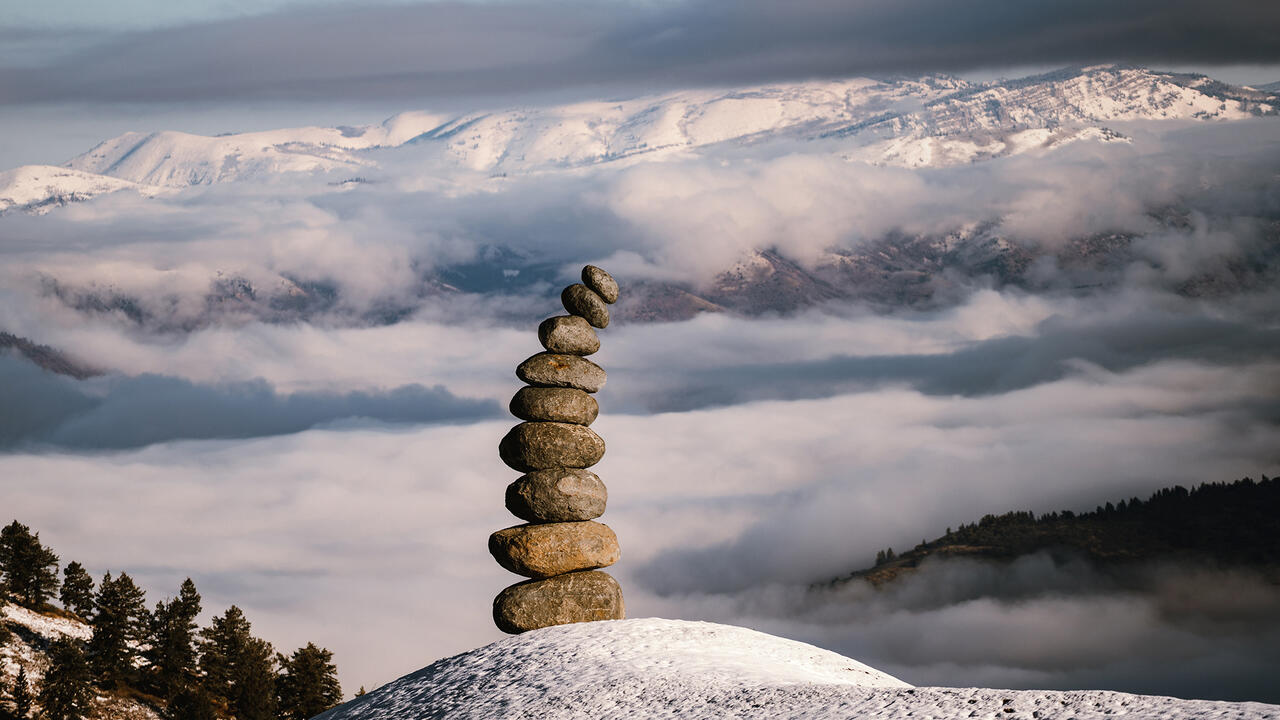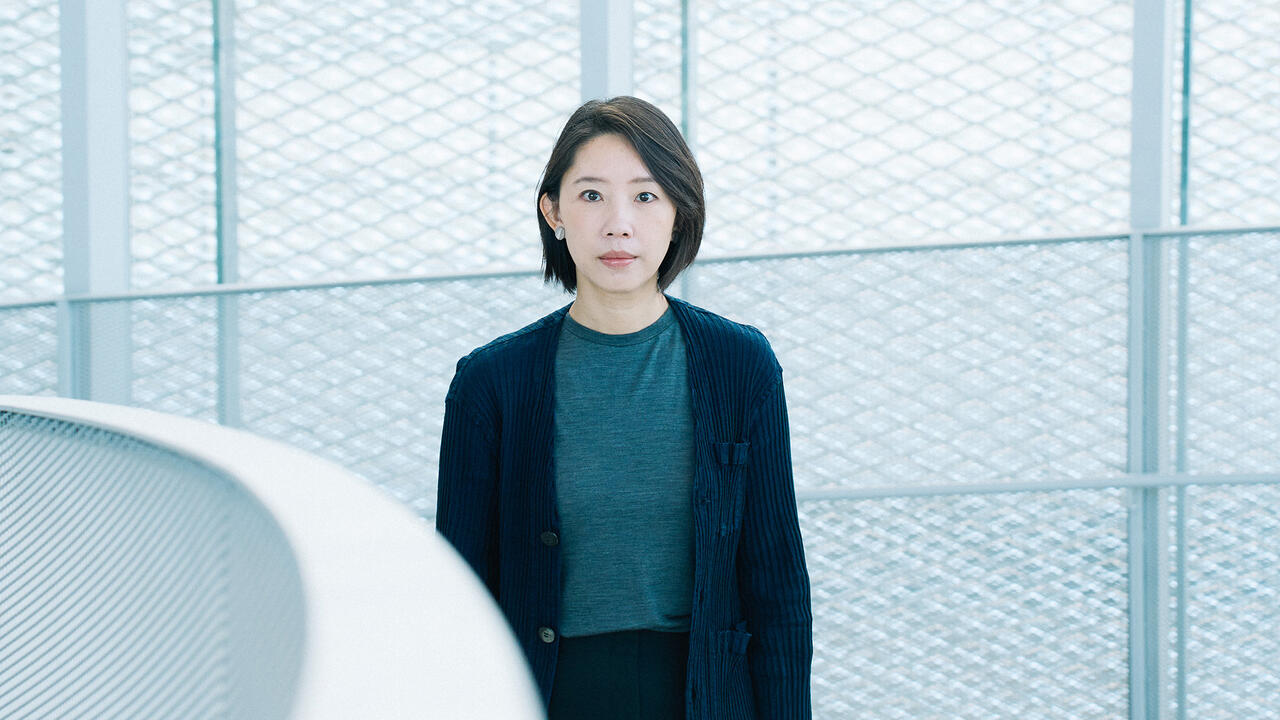By the Boundary
To accompany frieze.com hosting his latest film for a limited period, London-based artist Steve Bishop gives an insight into how it came about
To accompany frieze.com hosting his latest film for a limited period, London-based artist Steve Bishop gives an insight into how it came about

Paul Teasdale I saw By the Boundary (2016) as part of your Statements presentation with Supportico Lopez at Art Basel this Summer. How did you come to make it?
Steve Bishop I made it really gradually, over the space of the last year. It’s a mixture of footage that I’ve collected and footage that I shot on my iPhone. A lot of the night-time footage was shot around where I live and where I have my studio in Hackney, London. Whenever I noticed malfunctioning streetlights and security lights blinking in the night I recorded them, not quite knowing what I’d do with it. At the same time I was collecting footage from documentaries – night shots again, but of internal spaces, of homes and mundane domestic situations that I thought were poignant in some way. A lot of clips I made were only a couple of seconds long, when someone exits a room but the camera lingers on the empty doorway for too long before the cut, for example – those moments where you became aware of the cameraperson’s presence. There’s no specific narrative, but I’m definitely interested in themes of interiority and exteriority, and investigating very personal boundaries, between people; their houses – a lot of the footage is very voyeuristic. Some of it I shot through windows of my neighbours’ houses. They had moved out so it wasn’t illegal. But I was definitely interested in the question of how close you can go with the camera before crossing a boundary.
PT With it being mostly shot at night there’s something quite mysterious and trangressive about it.
SB Being aware of that mood and trying to continue it, to sustain it, was definitely something I was aiming for. I think the mood seems quite intangible in a way, as if you’re having an out of body experience and are floating around a city. The long-distance shots of cars was filmed in Los Angeles, when I was there for an art fair last year. I took it by putting my iPhone up to one of those 25-cent viewing cams that you get at look out points.
PT There’s a part of it that lingers over a pickup truck, where is that from?
SB That and a lot of the interior shots are from this crime scene footage from the Wonderland murders in Los Angeles in 1981, which weirdly is on YouTube – I’m not really sure it should be. It’s the actual police footage, unedited and totally raw. I’ve just taken parts of it where you don’t really see anything connected to the murders other than maybe a trashed room or a lamp knocked over, but the original footage shows everything.
PT That section of the film definitely feels sinister.
SB The electricity was disconnected to the building so it’s all lit by police flashlights, I think that gives it that atmosphere. There’s a shot of two pink armchairs that have really long shadows because they’re only lit from the light on the camera. It gives it a really eerie and unusual aura.
PT There’s a very 1980s camcorder quality to it too.
SB Yes and strangely that matches the footage shot on my iPhone as a lot of it is heavily zoomed in and heavily cropped. I guess the lo-res blurriness matches the early 80s camcorder so they probably both have a low resolution, but they both have a softness which I liked.
PT Can you talk about the audio?
SB The soundtrack is a continuation of ideas from a show I did at Carlos/Ishikawa last year where I made a sound and video installation using covers or amateur recordings of famous ballads [Standard Ballad, 2015]. Each of the clips in the video are either people playing along to or the karaoke backing track of these ballads. There’s something I find interesting about amateur recordings, or cover versions of songs, in the emotional response. It seems like there’s a translation between the songwriter’s original intention with the lyrics and then someone being touched by it enough to want to do their own cover. And it might mean something different to them, so there’s a translation of meaning. But what better way to connect with someone personally than through a touching song? The more heartfelt the ballad, the stronger the effect. I use this phrase ‘emotional weight’ to describe it, almost in a formal sense of using that dynamic strategically. The audio in the beginning is the karaoke backing to a Sheryl Crow song, there’s a Beach Boys cover by Bill Frisell, a jazz guitarist. Then towards the end there’s a Bonnie Raitt cover which is from a great video on YouTube of someone in their bedroom playing guitar over the top of it.
PT Cover songs and karaoke almost inevitably brings up ideas of nostalgia which is enhanced by the ’80s-looking footage. For me there’s something quite sweet about nostalgia that jars with the Wonderland detail. Were you playing with that?
SB I wasn’t thinking so much in terms of nostalgia, more about memory. Specifically memories and associations to do with place, and space. I’m interested in that subjectivity and objectivity binary. Taking things like ballads and places which have strong personal connections and then trying to use them objectively in some way. There’s always going to be this trade off between personal experience and secondary experience. It’s about deploying emotional weight as a formal gesture but at the same time there’s no irony involved, I really do like Sheryl Crow and Bonnie Raitt! I think people have sometimes misconstrued this as me being ironic or insincere with this. I’m all for humour, and I think there are moments of levity in this video, but overall I really am sincere about the elements I’m using.
Steve Bishop (b. 1983) lives and works in London, UK. His recent solo exhibitions include: ‘You’d Be So Nice to Come Home To’, presented by Supportico Lopez at 6817 in Los Angeles, USA (2016); ‘Insulated by the Boundary’, ANDNOW, Dallas, USA (2016), ‘Noclip’, La Salle de Bains, Lyon, France (2015); ‘Standard Ballad’, Carlos/Ishikawa, London, UK (2015). Recent group exhibitions include: ‘Ver Lento’, Centro de la Imagen, Mexico City, Mexico (2016); ‘Borrowed Alibis’, Freymond-Guth, Zurich, Switzerland (2015); ‘In The Wake’, Truth and Consequences, Geneva, Switzerland (2014). His artist’s book Strangers’ Guide to Home Territories will be published by Motto Books later this year.








